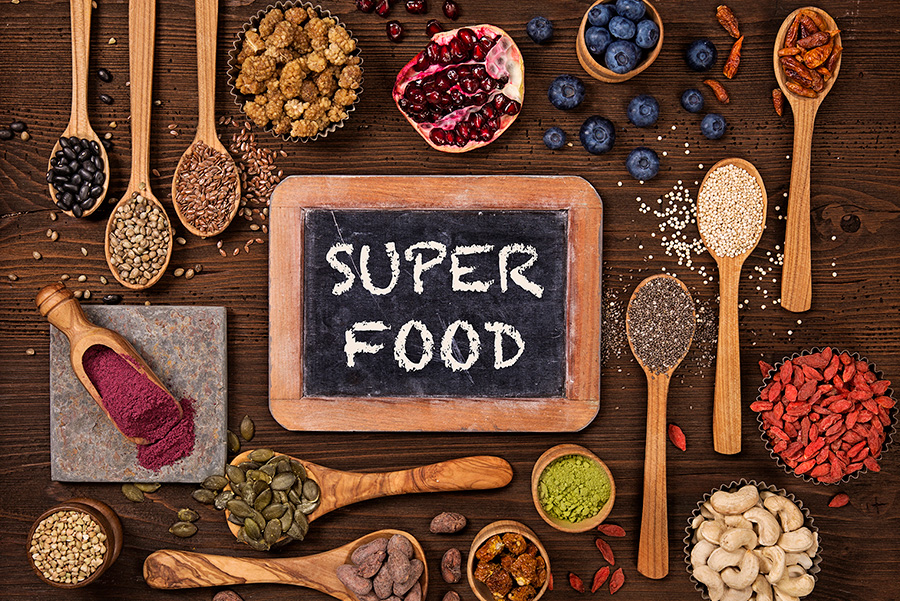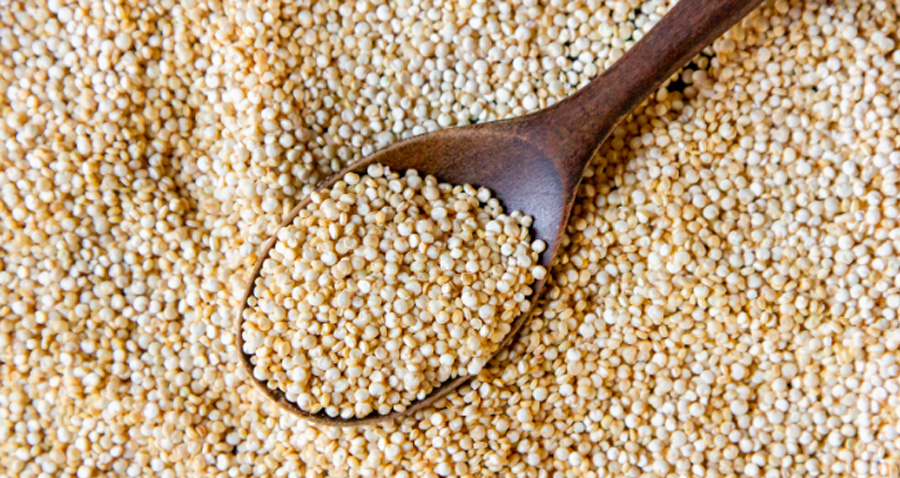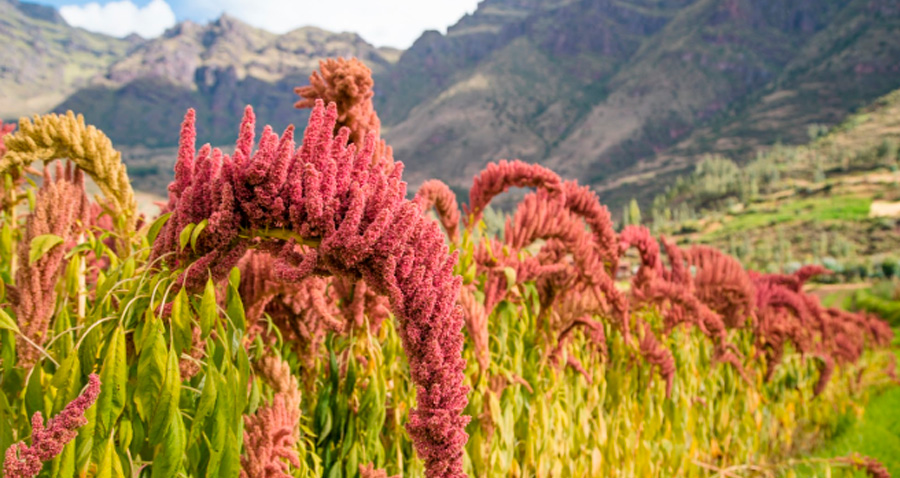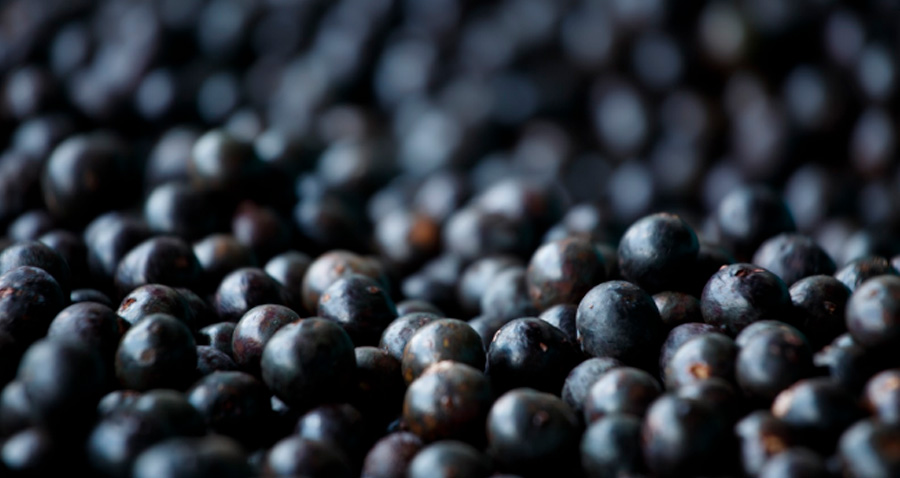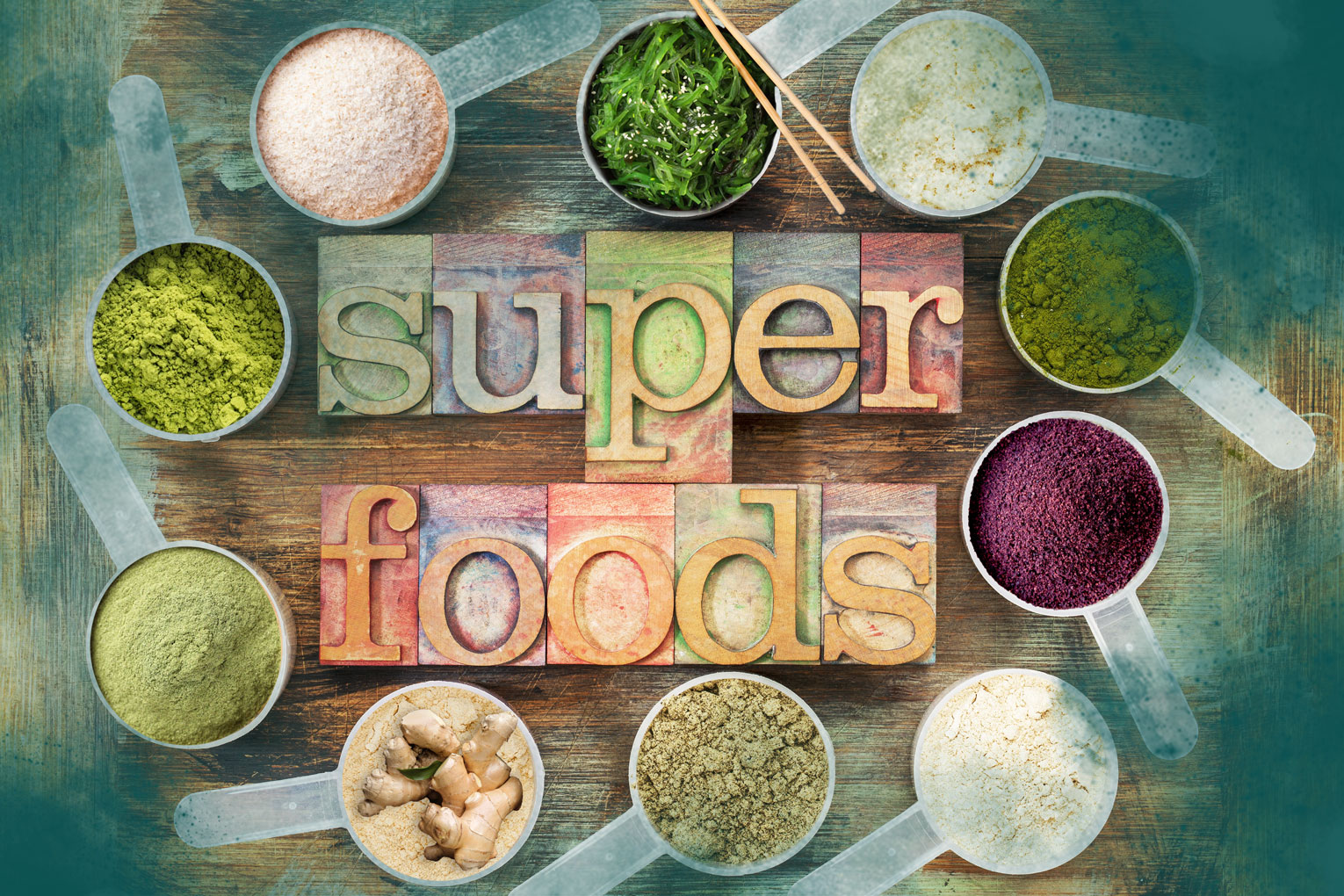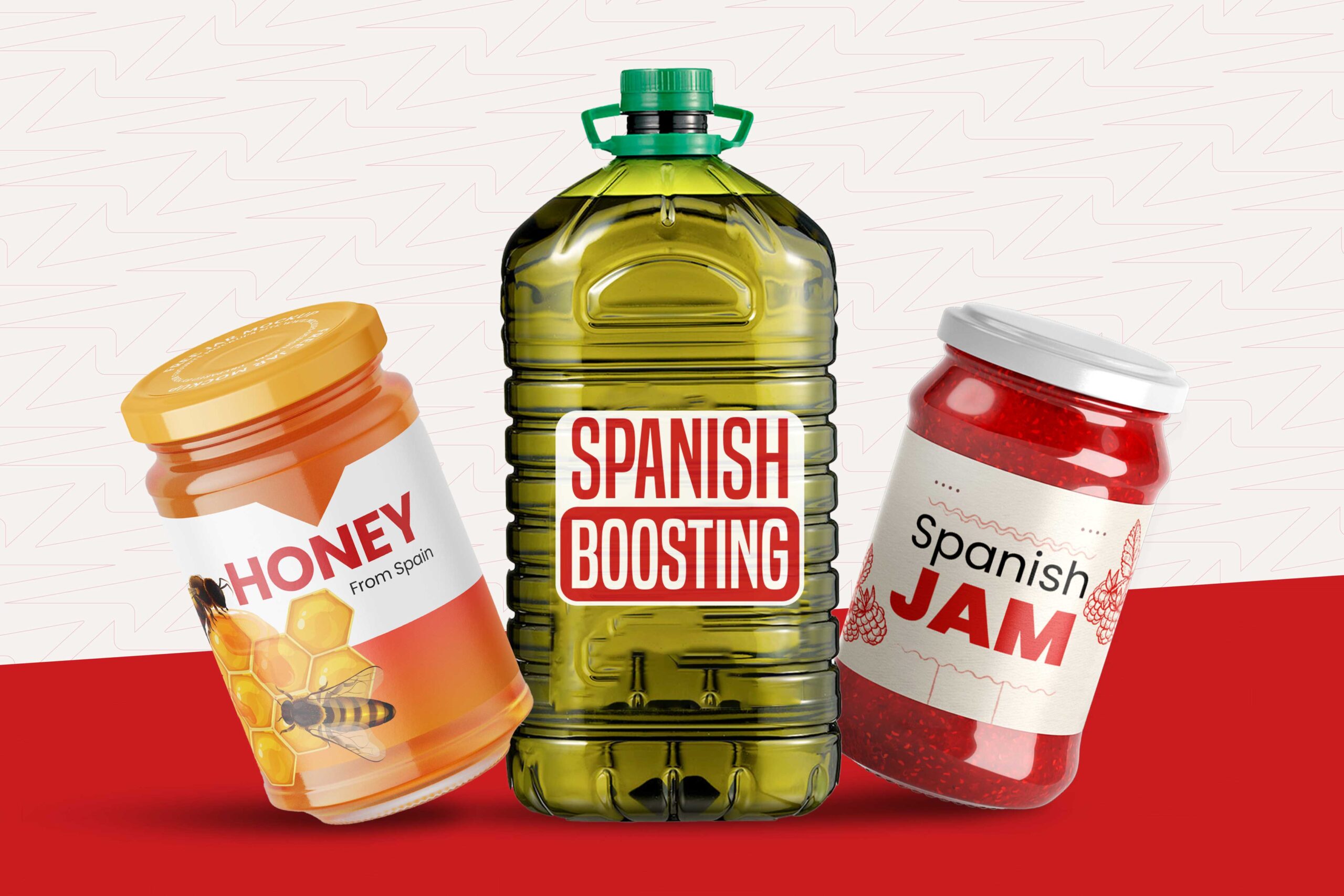What are superfoods and why are quinoa, amaranth and acai so popular?
Are we what we eat or do we eat what we are? Whatever it is, it could be that, motivated by marketing campaigns or because they really want to improve their health, more and more people are seeking out information about superfoods and how they can improve human health. In today’s post, we are diving into this world of high concentration of phytonutrients, phytochemicals, minerals and vitamins. If your curiosity is piqued, keep reading!
It is as paradoxical as it is predictable that the term “superfood” was first used in a Canadian newspaper in 1949 to extol the nutritional properties of a muffin, and that the advertising campaigns of the late 20th century allowed many producers to lie about the beneficial qualities of food. Unfortunately, this continues to happen in numerous online stores and diet stores, despite the fact that in 2007 the European Union prohibited using this term to market products in a misleading way.
Because the term “superfood” is not accepted by any national or international food health organisation, many are beginning to use it to promote the consumption of products that, without proof, point out these foods are beneficial in preventing diseases or improving certain aspects of physical or mental performance. But then, what are superfoods really? Can they help us improve our help? It is true that no food is capable of constituting a complete basis for our diet, but it can be said that certain products of plant origin provide a much higher amount of beneficial micronutrients and enzymes for both our cells and for the bacteria present in our bodies. Having said this, eating superfoods can help us naturally get all the nutrients, antioxidants and amino acids, and help our bodies work optimally.
Hippocrates (an ancient Greek physician) said it himself 25 centuries ago, with his aphorism “Let thy food be thy medicine and medicine be thy food”, the same idea found in different indigenous cultures around the world. Also, it is popular wisdom that everything in excess is bad, and it does not happen any other way with superfoods, so it will be advisable to rely on professional experts in the field to optimally define how and in what amounts we should include these foods in our diet, because their high content of vitamins or minerals can have detrimental effects on the human body if they are consumed in excess.
So, having said this, what are actual superfoods? We’ll tell you a bit about three of our favourites!
Quinoa
Quinoa is native to all the countries of the Andean region and has an exceptional balance of proteins, fats, carbohydrates, minerals and vitamins.
A study published in Food Science and Technology concludes that the consumption of this pseudocereal for at least 30 days can be considered beneficial in preventing and treating risk factors connected to cardiovascular diseases. Furthermore, research published in the Food Chemistry journal assert that quinoa has around 10% of fibre in its composition, being 22% from the same soluble fibre, and the remainder, which makes up the vast majority, insoluble fibre; in other words, it benefits digestive and intestinal health.
Without a doubt, quinoa is a superfood because there are even scientific observations on their chemopreventive and anticarcinogenic effect.
Also, it has polyphenols with a high antioxidant capacity (study published in Journal of Food Lipids) and, according to the Harvard School of Public Health it reduces the risk of premature death.
Amaranto
The oldest archaeological samples found in Tehuacán (Puebla, Mexico) tell us that our ancestors cultivated amaranth, from the years 9000 BC to 5000 BC. It is believed that its peak was during the Mayan and Aztec periods, and that the Incas of Peru took longer to recognise its importance.
This beautiful plant with a purple hue and abundant leaves hides great health benefits, which due to Hernán Cortés (Spanish conquistador who in 1519 prohibited the cultivation of amaranth and ordered that the crops of this plant be burned or crushed, among many other barbarities), remained in a lethargic state as a food crop for many years.
The most important characteristic of amaranth is, without a doubt, its high nutritional value. Although comparisons are odious, it is true that amaranth has proven to be a pseudocereal capable of reaching and exceeding the nutritional values of conventional cereals; as happens with its protein concentration that is higher than corn, rice or wheat and a lower amount of carbohydrates than the three. As a vegetable, amaranth leaves surpass the nutritional values of spinach in protein, calcium, phosphorus, iron and ascorbic acid.
Recently, certain authors have detected that certain proteins of amaranth contain various amino acids with antihypertensive and anticarcinogenic activities. Furthermore, amaranth is an antioxidant and strengthens the immune system.
It is not unusual that it is recognised as the ideal food for astronauts!
Açai
Açai is considered by many to be the elixir of youth. For centuries, the berries of this fruit were consumed exclusively in the rain forest of South America by the indigenous people of the Amazon, who included them in their diet as an essential food, in addition to using them as a natural medicine to treat skin diseases and to cure digestive illnesses.
A study at the University of Florida by Professor Stephen Talcott found that the açai berry destroyed human cancer cells thanks to its richness in antioxidants. His findings, published in the Journal of Agricultural Food and Chemistry 2006, showed that up to 86% of leukaemia cells analysed responded to the berry by self-destructing. Furthermore, a study published by the American Cancer Society in 1989 showed that açai stops the in vitro growth of prostate cancer cells up to 80%.
Its health benefits are many, since not only is it rich in antioxidants but it also provides omega 3, 6 and 9 fatty acids, amino acids, minerals, vitamins and large amounts of beta-sitosterols.
We hope that this introduction to what superfoods are and why quinoa, amaranth and açai are part of this classification on their own merits, has helped you understand a little bit more about their origin, benefits and scientific studies, and about everything, to know why superfoods can help to improve human health.
Organic Boosting is the platform for exporting organic food where you can find a large selection of superfoods. For more information, please don’t hesitate to contact us. We’ll see you in the next blog post!
